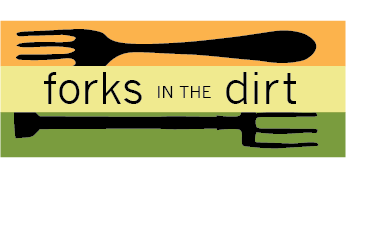Are you ready to take your cocktail game to the next level? With a DIY cocktail infusion kit, you can create deliciously unique flavors at home, transforming your favorite spirits into personalized concoctions that will wow your friends and add a special touch to any gathering. Making your own infused spirits to add flair to your cocktails is simple and fun!

I love playing in the kitchen—being able to coax out intense or subtle flavors from high quality ingredients lets you taste the herbs and spices in new ways! Infusing spirits feels like magic to me…
And magic is always a good gift to give!
Remember to save a jar or two so you can gift yourself as well. 😉
I’ve gotten rave reviews from friends who’ve sipped the results of these infusions so far. They are simple to put together and fun to give—and better than the store-bought versions in so many ways (especially because you can pronounce all the ingredients!). Plus, they can shine bright in their presentation, or be as homey as you like!
For more holiday gift ideas visit my Gift Guide to give from the heart
Gather Ingredients for Your Cocktail Infusion Kit

Similar to mixing and matching herbs for teas from dried-up leaves, infusing imparts flavors (or healing properties like in calendula oil for making salve) without the heat. Letting herbs and spices impart their flavor at room temperature takes longer—but also brings with it subtler scents and layers of flavor.
I have just started seeing these kits in a few specialty shops and farmers markets and they are not cheap! But luckily, making them at home is quite inexpensive.
If making for yourself, you can use fresh ingredients (fresh orange or apple slices and cherries), but these make really fun gifts when fully dehydrated ingredients are added to the jars. Gifting dehydrated ingredients lets the person who receives the gift choose when they want to make the infusion themselves. You can gift with a bottle of spirits or without.











































